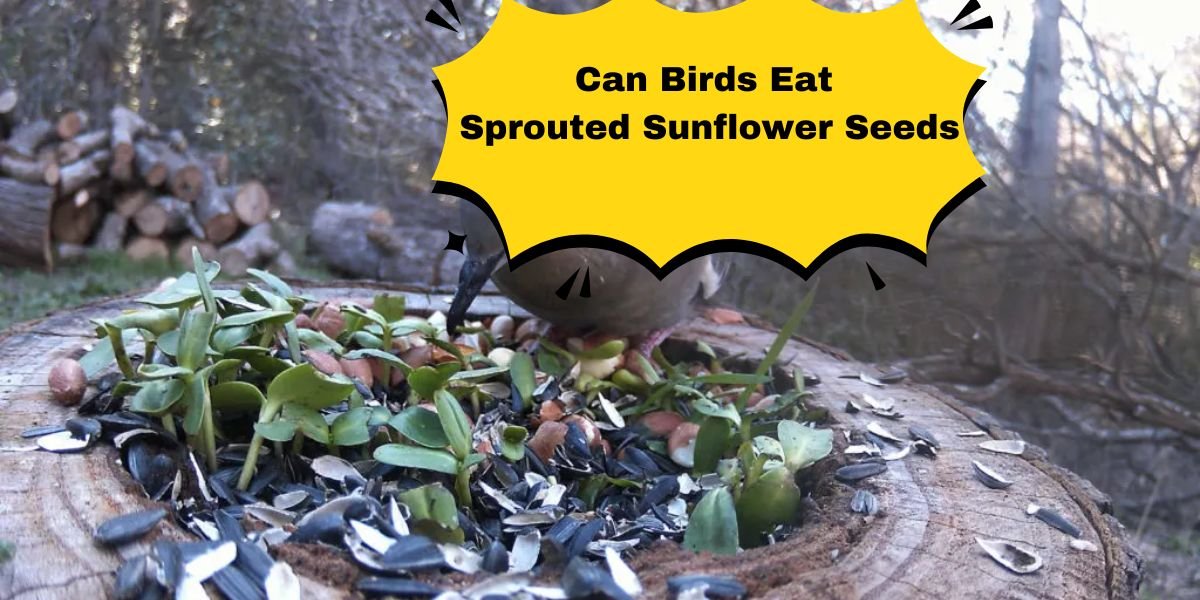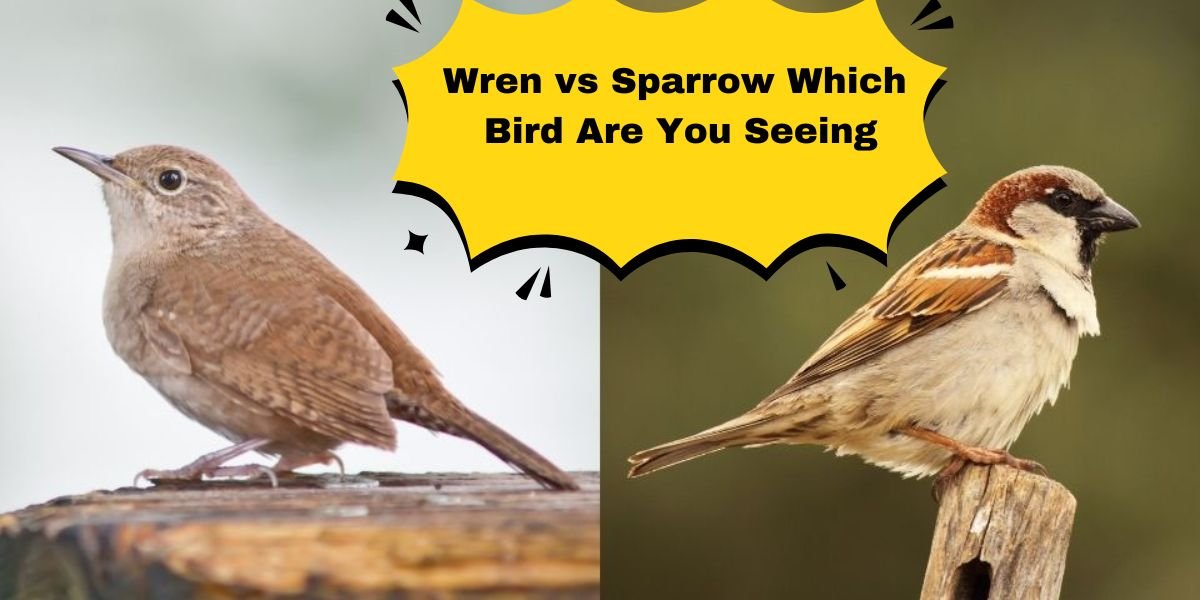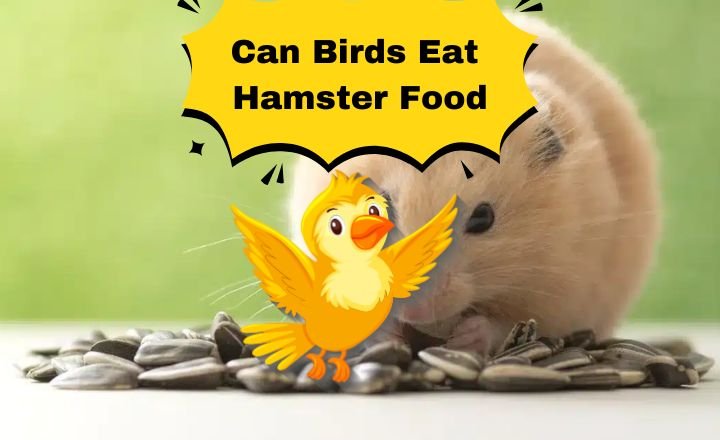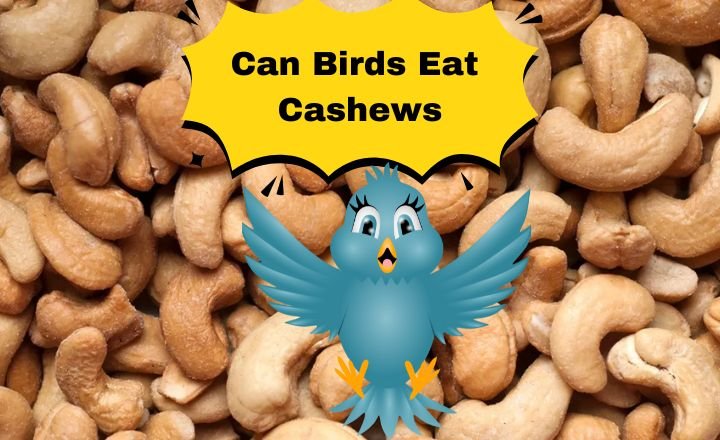Six Letter Bird Names
Birdwatching is more than just a leisurely pastime; it’s a gateway into the intricate tapestry of nature where every species tells a story. Among the diverse avian inhabitants of our world, six letter bird names hold a special charm, balancing brevity with intrigue.
From the melodious “warbler” to the elusive “tanager,” these names are easy to remember and add an element of curiosity for both novice birders and seasoned ornithologists alike. Exploring six-letter bird names, we delve into the fascinating characteristics and behaviors defining
Exploring Six letter bird Species, we delve into the fascinating characteristics and behaviors defining these feathered creatures. Each name brings with it a hint of personality and lore, inviting enthusiasts to discover more about their habitats and habits.
Whether perched atop your backyard feeder or soaring in distant skies, these birds captivate us with their beauty and diversity—making them worthy subjects for further investigation. So grab your binoculars as we take flight through this captivating collection!
Birds With Six Letters
- Anhinga
- Avocet
- Bramha
- Bulbul
- Cuckoo
- Curlew
- Dunlin
- Falcon
- Godwit
- Goldie
- Grouse
- Lapwing
- Magpie
- Martin
- Oriole
- Osprey
- Parrot
- Pigeon
- Plover
- Puffin
- Towhee
Anhinga
Anhingas possess distinctive plumage that captures the imagination; their iridescent feathers shimmer in hues of green and blue when seen from certain angles. While they are often mistaken for cormorants at a glance, a closer examination reveals differences in size and behavior that set them apart.
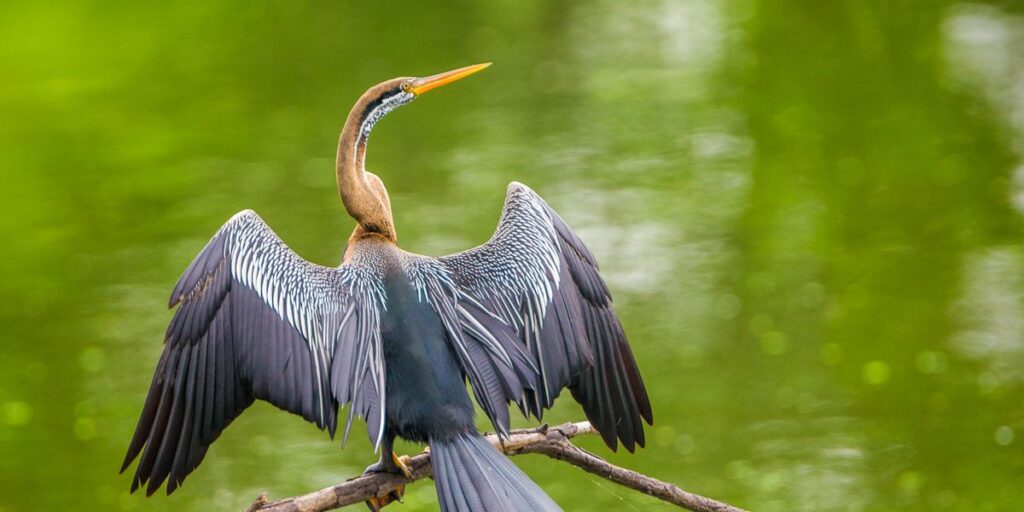
Their habit of spreading wings wide to dry after diving is particularly striking—and not just aesthetically pleasing—it serves vital physiological functions as well. This drying ritual provides insight into how these remarkable birds maintain buoyancy and regulate body temperature in varying aquatic environments.
Avocet
Avocets serve as indicators of environmental health. Their sensitivity to habitat changes makes them important players in wetland ecosystems; observing shifts in avocet populations can provide valuable insights into water quality and ecosystem stability.
These graceful birds have social structures that reflect intriguing behavioral patterns. During the breeding season, they engage in stunning courtship displays that involve synchronized flying and intricate calls—an enchanting dance of nature showcasing their loyalty and connection to one another.
Bramha Bird
Bramha, often overlooked in casual birdwatching discussions, is a compelling example of nature’s intricate tapestry. This six-letter marvel, commonly referred to as the Brahminy Kite, boasts striking plumage that varies from deep chestnut to pure white.
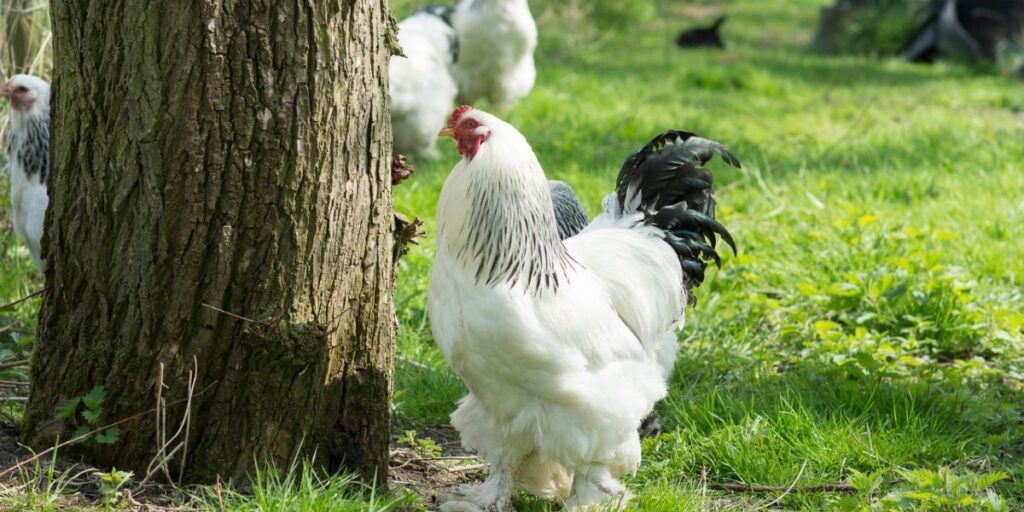
Its distinctive forked tail and strong wings not only provide an aesthetic appeal but also showcase its prowess in soaring effortlessly across coastal landscapes.
Bulbul
The Bulbul, with its melodious calls and vibrant plumage, remarkably embodies the beauty of nature. Found predominantly across Asia and parts of Africa, this intriguing bird belongs to a family that showcases an array of species, each adorned with distinct markings and characteristics.
Their ability to mimic sounds adds another layer of fascination; whether imitating other birds or even human-made noises, bulbuls exemplify the creativity found within the avian world.
Cuckoo
The cuckoo, a fascinating six-letter bird, is known for its unique mating strategy and captivating calls that echo through forests and fields. Many associate the cuckoo with springtime as its distinct cu-coo sound heralds warmer days. This call serves a critical purpose in attracting mates and marking territory.
The cuckoo’s behavior extends beyond vocal prowess; it exhibits brood parasitism by laying eggs in the nests of other bird species, an evolutionary tactic that raises questions about survival adaptations.
Curlew
The curlew, a striking six-letter bird known for its long, curved bill and impressive migratory abilities, captivates ornithologists and nature lovers alike. Found in wetlands, estuaries, and coastal regions across the world.
These waders play a crucial role in their ecosystems by controlling insect populations and maintaining the balance of aquatic habitats. Their haunting calls echo over marshes at dusk, creating an otherworldly ambiance that draws us closer to nature’s symphony.
Dunlin
These birds are often found flitting along sandy beaches or muddy estuaries, probing the surface with their slender bills in search of tiny crustaceans and worms. Witnessing a flock of Dunlins in synchronized flight is like watching nature’s dance troupe; their collective rhythm creates mesmerizing formations against the backdrop of ocean waves.
Falcon
Falcons thrive in diverse habitats around the globe, from urban landscapes to rugged mountainsides. Their nesting habits often include choosing high places like cliffs or tall buildings, which gives them vantage points that enhance both their hunting proficiency and safety from predators.
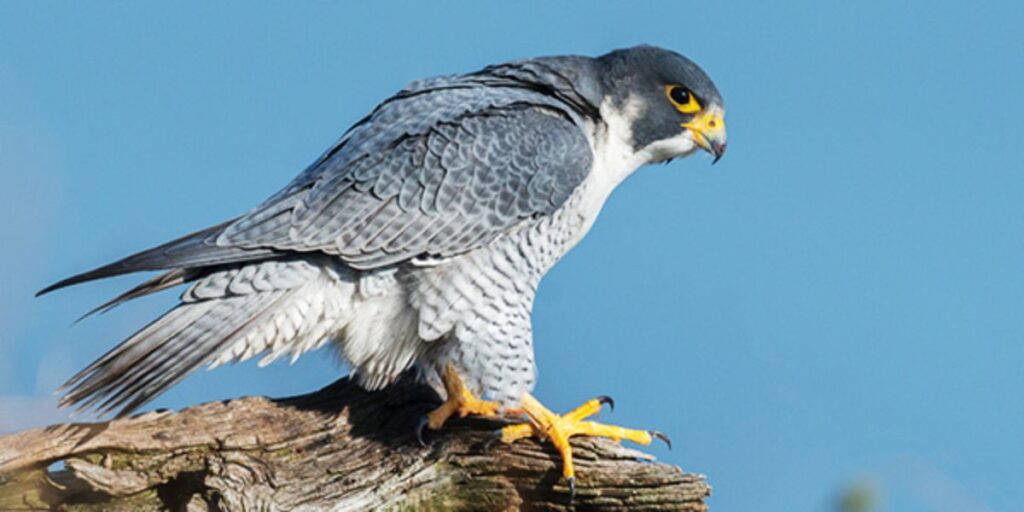
Gannet
The gannet, a striking six-letter bird, captivates with its impressive wingspan and remarkable diving skills. Found primarily in the North Atlantic, these seabirds are masterful hunters, often plunging into the ocean from heights of up to 40 meters to catch fish with precision.
Their unique adaptation allows them to close their nostrils during dives, preventing water intrusion and enabling them to swim effectively after touching down in pursuit of prey.
Godwit
The godwit, a captivating bird within the six-letter category, is renowned for its extraordinary migration patterns. Known for their long legs and elongated bills, these shorebirds can travel over 7,000 miles during their seasonal journeys from breeding grounds in the Arctic to wintering areas in warmer climates.
This remarkable feat involves flying non-stop over oceans for extended periods, showcasing not only their physical stamina but also an astonishing ability to navigate across vast distances.
Goldie
Goldie’s presence can indicate the health of its habitat. Its delicate diet relies on a variety of insects and seeds, making it a key player in maintaining ecological balance. Birdwatching enthusiasts have found that monitoring Goldie’s seasonal movements provides valuable data on climate patterns and environmental changes—offering a unique opportunity for citizen science engagement.
Grouse
These ground-dwelling creatures, encompassing around 18 species globally, exemplify the intriguing diversity found among six-letter bird names. Their distinctive courtship displays often take center stage during mating seasons; male grouse perform elaborate dances accompanied by unique sounds to attract females, creating a mesmerizing spectacle in their natural habitats.
Lapwing
Lapwings play a vital role in local ecosystems, helping to regulate insect populations while also serving as indicators of environmental health. these birds face increasing threats from habitat loss due to agricultural expansion and development.
Magpie
Magpies hold a significant place in various cultures around the globe. In some traditions, they are seen as omens or symbols of fortune; a single magpie might be considered a bad omen while two could bring good luck. This duality reflects the intricate relationship humans have with this intriguing bird—captivating yet misunderstood.
Martin
These sleek, agile flyers belong to the swallow family and are often seen darting across open spaces, capturing insects mid-flight with remarkable precision. With their stunning plumage ranging from iridescent blues to browns, martins are not only a joy to observe in nature; they also play a vital role in controlling insect populations.
Oriole
Orioles have a fascinating nesting behavior that sets them apart. They weave intricate hanging nests high up in trees, showcasing remarkable craftsmanship that rivals even the most seasoned artisans. These nests not only provide shelter but also help keep their young safe from potential predators.
The diet of these birds further demonstrates their adaptability; while they primarily feed on fruits and nectar, many species will opportunistically hunt insects when protein-rich sustenance is required during the breeding season.
Osprey
The osprey, a remarkable bird of prey thriving near water bodies, is an integral player in many ecosystems. Known for its impressive wingspan and striking white head, the osprey stands out not just for its appearance but also for its hunting prowess.
With sharp talons and keen eyesight, these skilled predators are capable of diving into the water at breathtaking speeds to catch fish—a primary staple in their diet. Observing an osprey during this spectacular plunge offers a glimpse into nature’s finely tuned-evolutionary adaptations.
Parrot
Parrots, fascinating members of the avian world, are not just notable for their vibrant plumage and ability to mimic human speech; they also display remarkable intelligence and social behaviors. These creatures belong to the family Psittacidae and showcase a diverse range of species, each with its unique personality traits.
Pigeon
The pigeon’s role extends far beyond being a mere urban dweller; it is also a vital component of various ecosystems. Known for their efficient foraging habits, these birds help maintain seed dispersal and control insect populations. Pigeons’ unique cooing communication introduces complexity to their social structures, hinting at sophisticated interaction methods within flocks.
Plover
These small to medium-sized shorebirds are renowned for their striking appearances and behavior. With their crisp silhouettes and varying plumage patterns—ranging from earth tones to vibrant markings—they blend beautifully into the sandy or rocky landscapes of beaches and wetlands where they thrive.
Puffin
Puffins face significant challenges due to climate change and habitat loss. Rising seawater temperatures affect prey availability, forcing these birds into competing for dwindling resources. Conservation efforts are underway in many regions where puffins nest, emphasizing the importance of protecting these habitats against human encroachment and environmental threats.
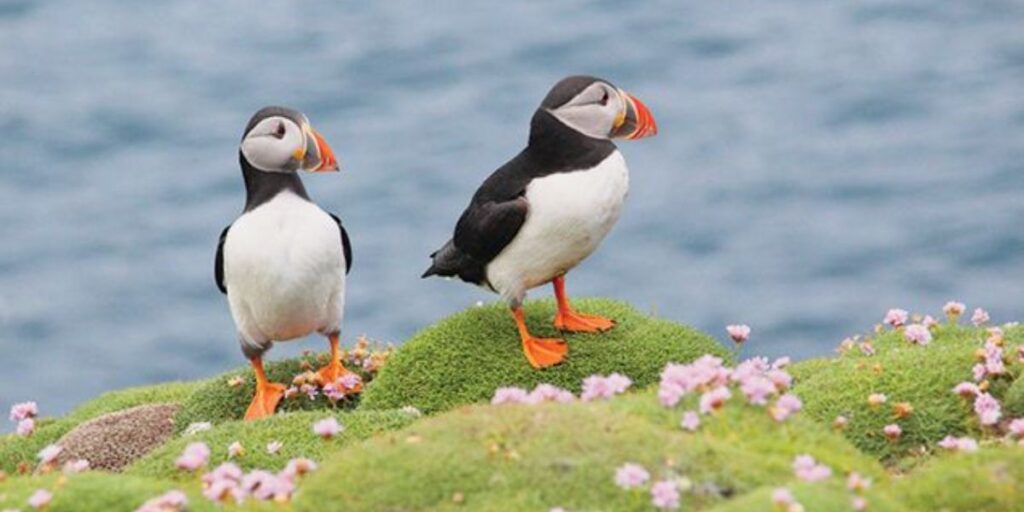
Towhee
Towhee exhibits unique feeding habits that set it apart from many of its avian cousins. Unlike typical foragers that search above ground or high in trees, these birds are persistent scratchers, digging through leaf litter with their powerful legs to uncover hidden seeds and insects. This behavior not only showcases their adaptability but also has ecological implications as they aid in soil aeration and seed dispersal.
Final Words
Exploring six letter birds names reveals the fascinating diversity within the avian world. From the majestic falcon to the vibrant parakeet, these birds not only capture our imagination with their unique characteristics but also highlight the importance of biodiversity in our ecosystems.
Understanding and appreciating these creatures can inspire us to engage in conservation efforts and protect their habitats. By expanding our knowledge of birds, we enrich our connection to nature and foster a deeper appreciation for wildlife.
So, whether you’re a seasoned ornithologist or a curious beginner, take a moment to observe these remarkable six-letter birds and share your discoveries with others!



